Transport
Among the most singular phenomena that characterise the history of industrial steam locomotives in Asturias, we can find the capacity of companies to copy foreign models in their own facilities. An example of this practice, although carried out outside Asturias, is locomotive number 14 of Hulleras del Turón.
This engine was built in 1942 at the Sestao facilities of the company Altos Hornos de Vizcaya. Hulleras del Turón was a subsidiary of this company and therefore had close business and technology-related links with it.
It was based on a design produced in 1915 by the American firm H. K. Porter, at a time when European manufacturers, traditional suppliers of locomotives to our country, were unable to do so. During the years of World War I, the first two locomotives arrived, to which a third one that was built some time later by La Cuadriella workshops was added.
After the end of the Spanish Civil War, the increase in coal shipping due to the period of economic autarchy made it necessary to expand its fleet. As their facilities were not in a suitable condition to do so, they turned to their parent company, which supplied four machines, the first of which was number 14. Two more were put into service some time later, one manufactured by Altos Hornos de Vicaya and the other one, which was the ninth model in the family, by the Turón workshops.
Along with the rest of her sisters, number 14 was destined during most of her working life to transport coal trains on the line that linked La Cuadriella washing plant with Fortuna. It combined this work with other auxiliary tasks, such as towing staff carriages.
Around 1970 it was transferred by Hunosa to Sovilla, where it ran for a few years until its service life came to an end with the arrival of diesel traction. It was placed as a monument and, in 2002, it was taken to the Monsacro mine shaft, where it is currently located. It is one of the most representative pieces of the Asturian railway heritage, as a testimony of the narrow-gauge network in the Turón valley.

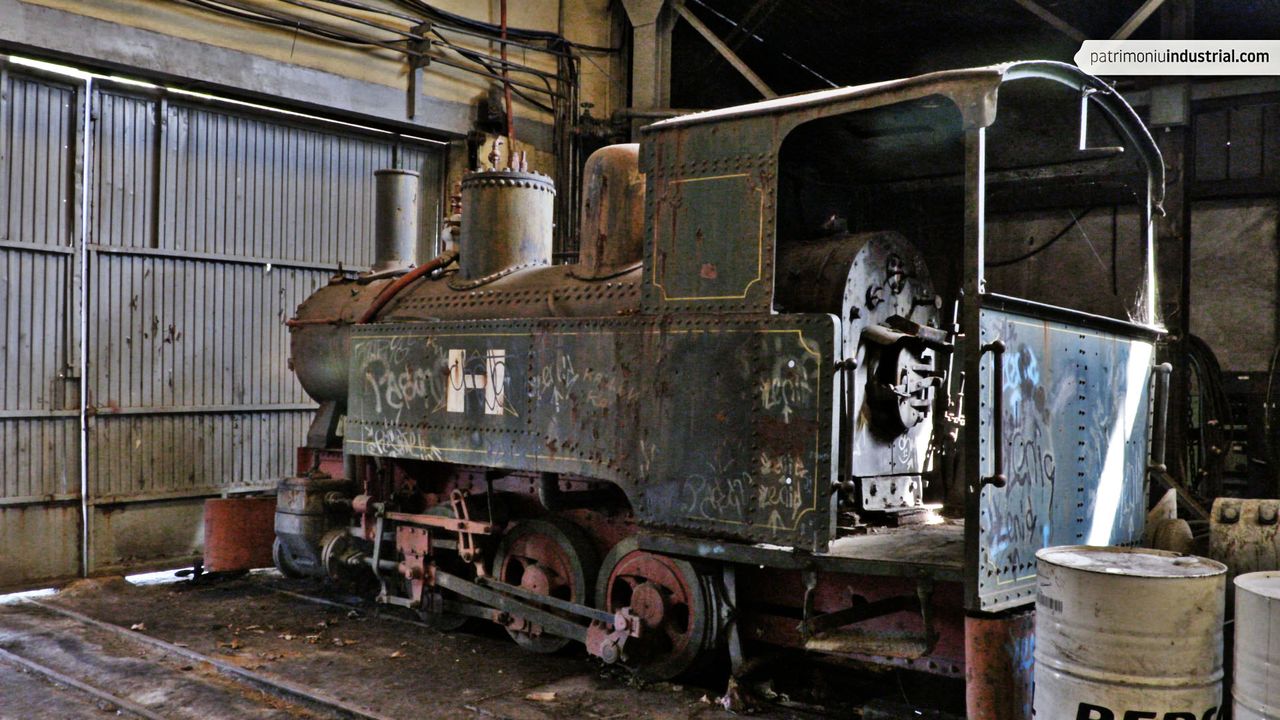
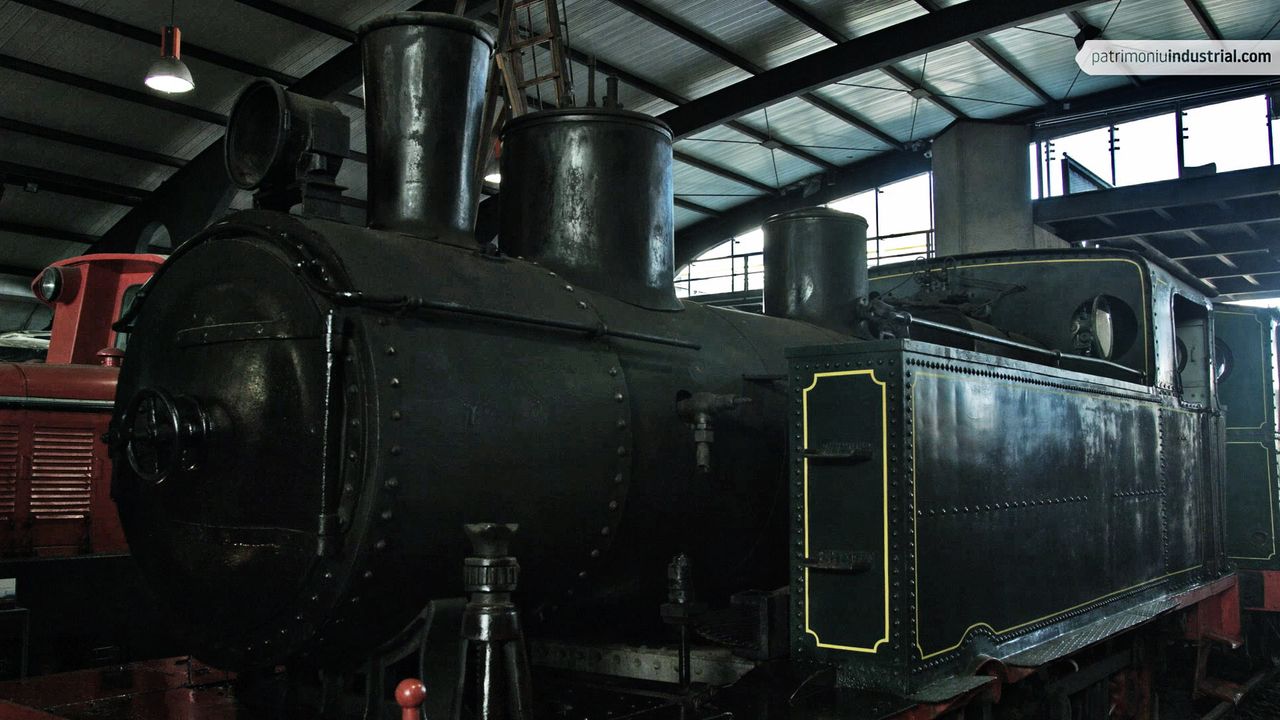

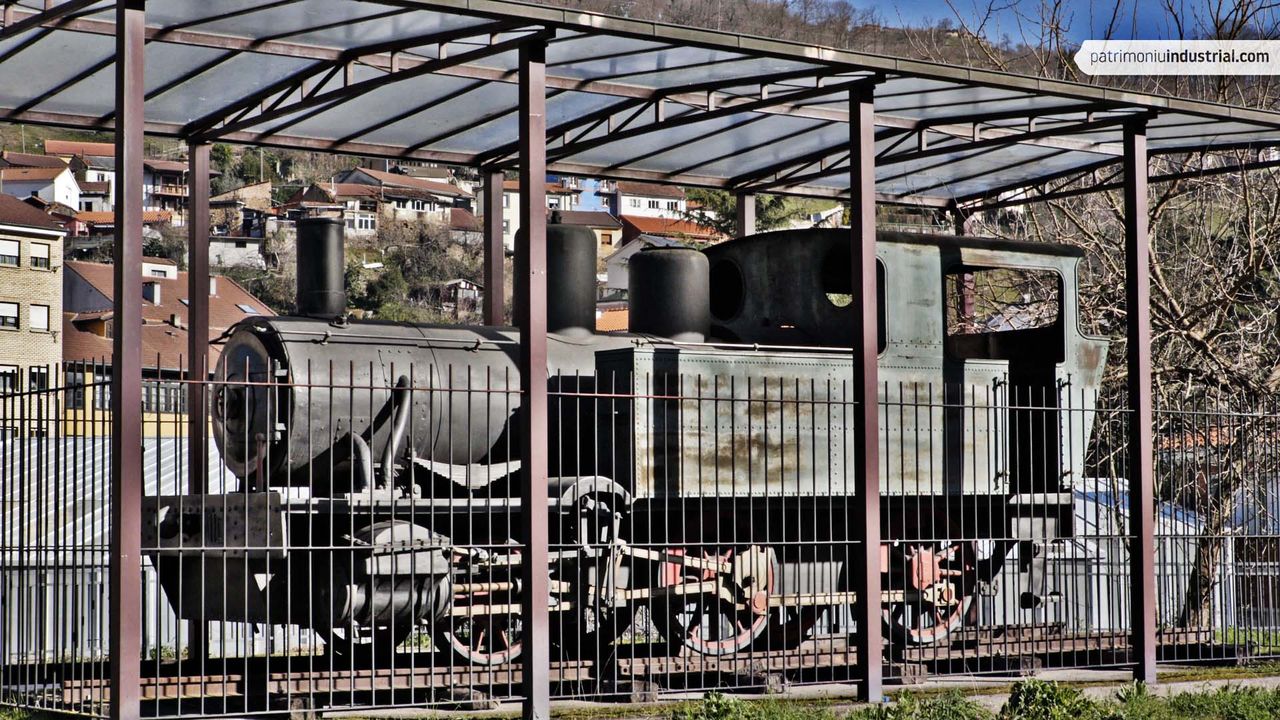
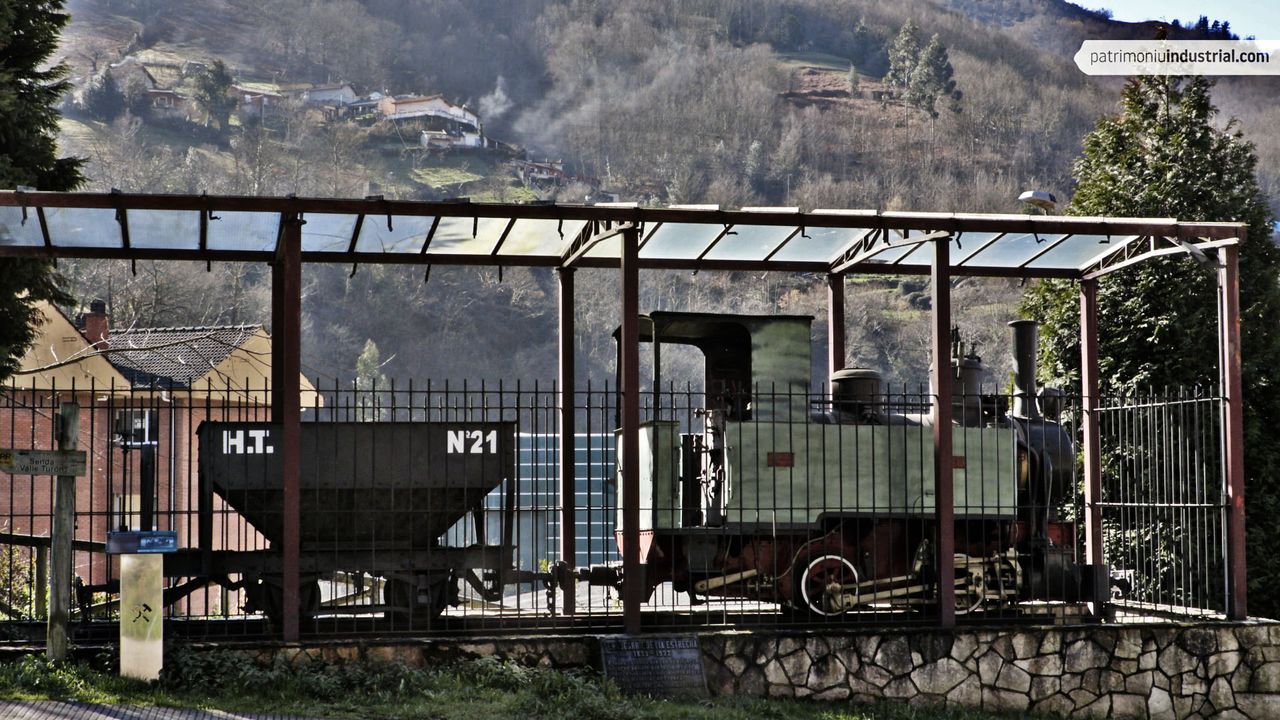
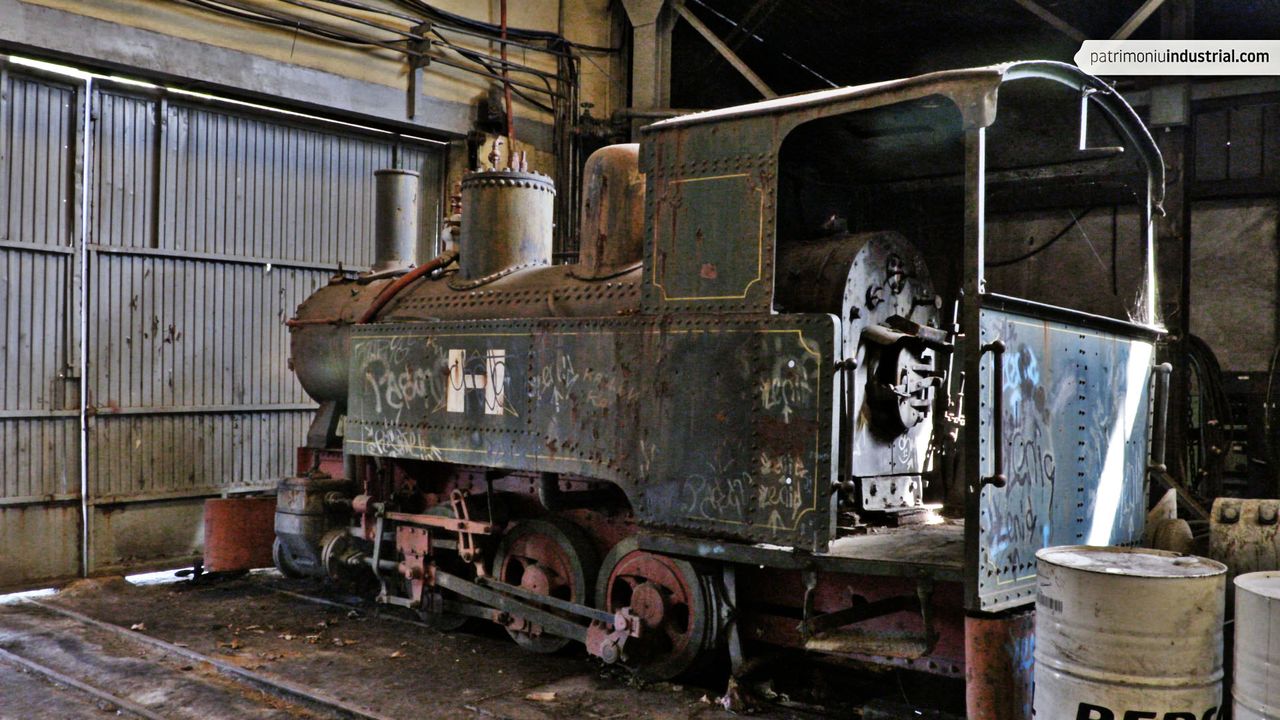
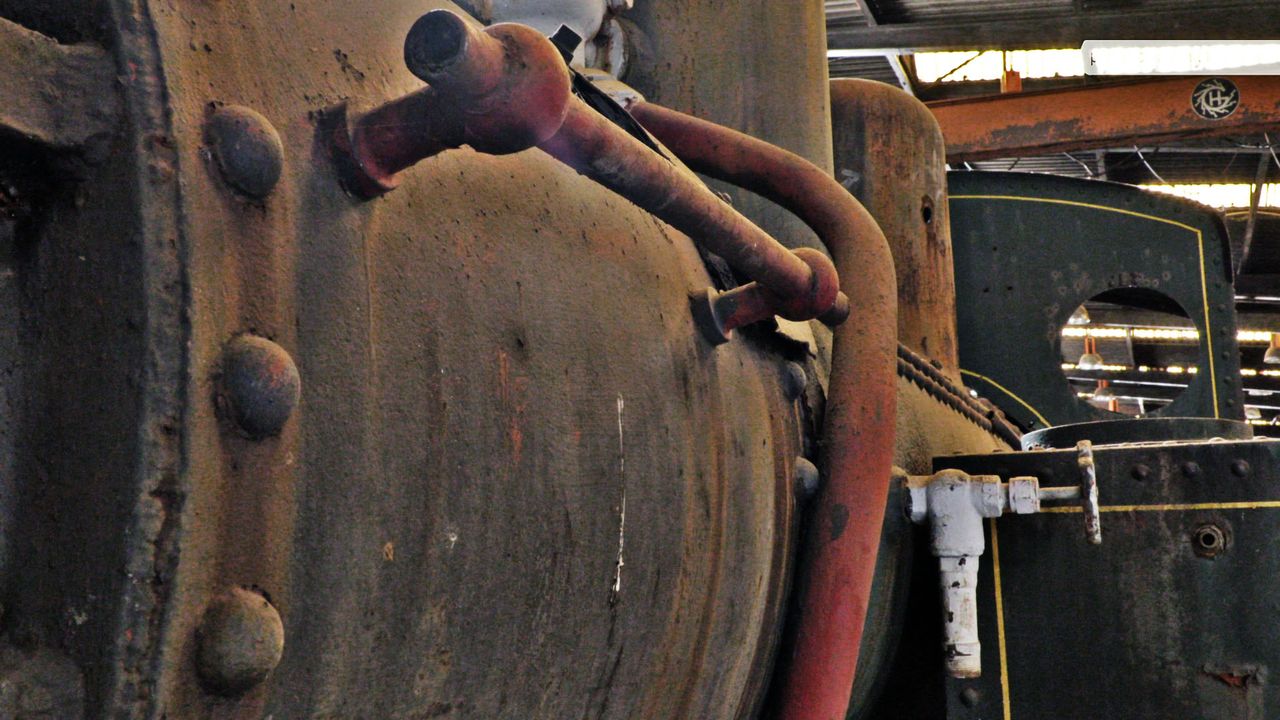
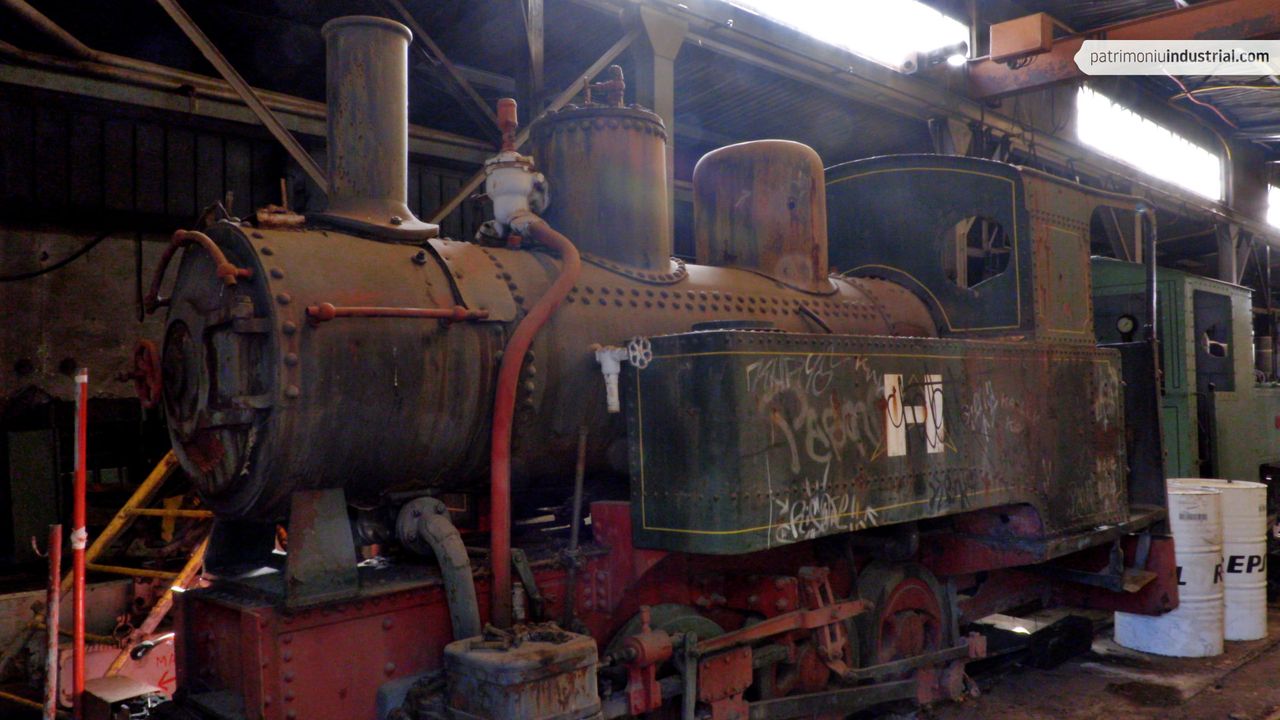
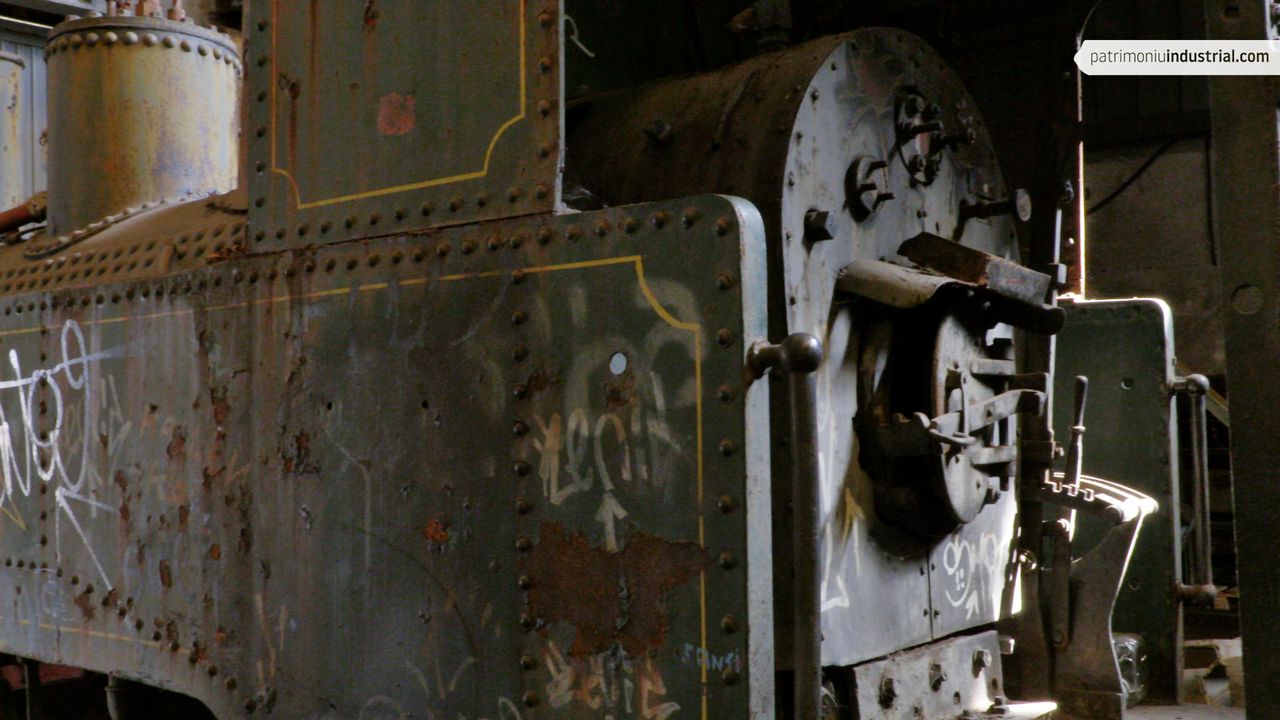
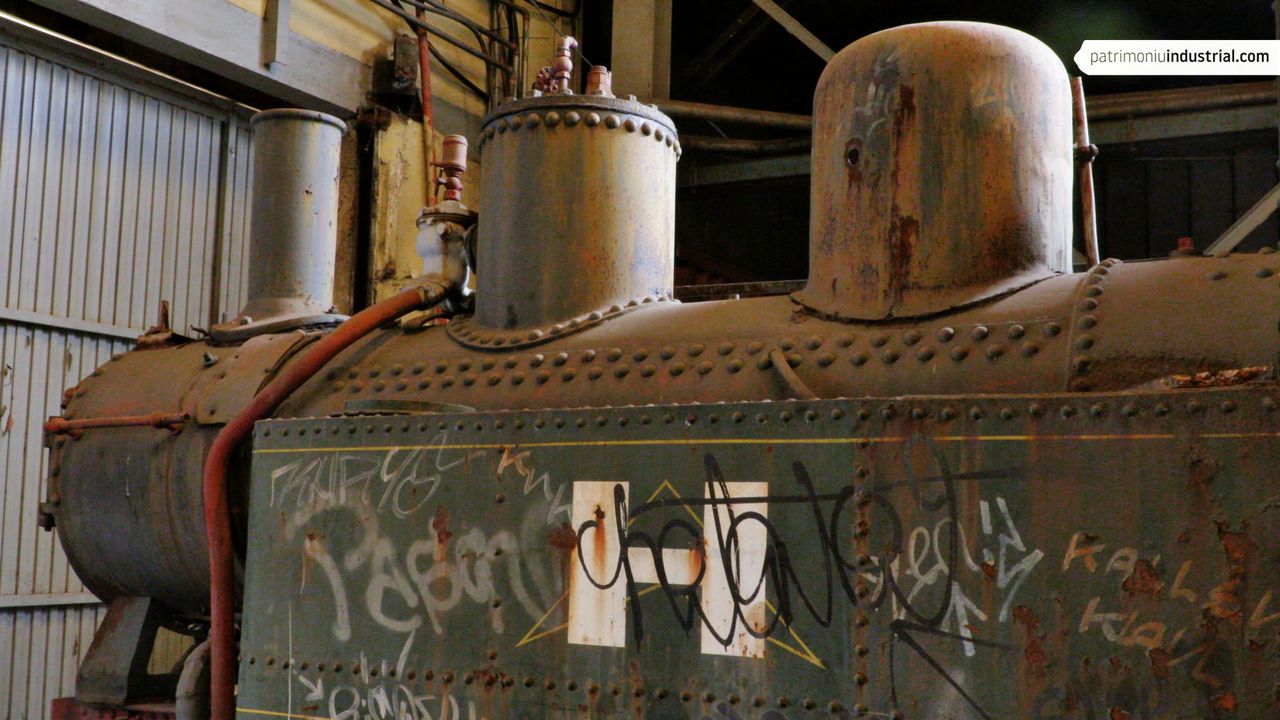
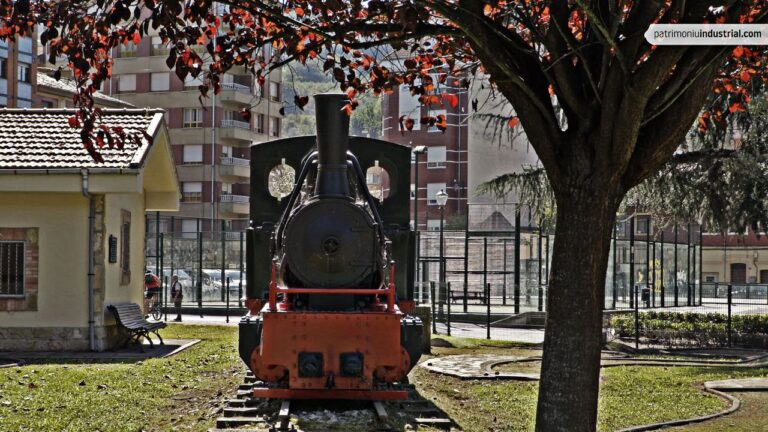
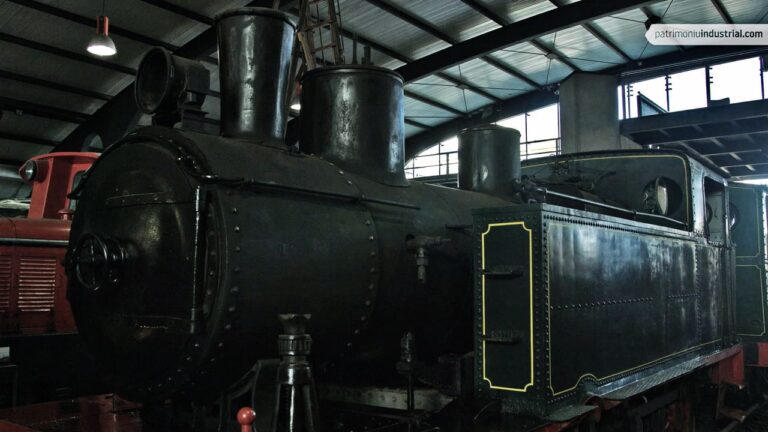
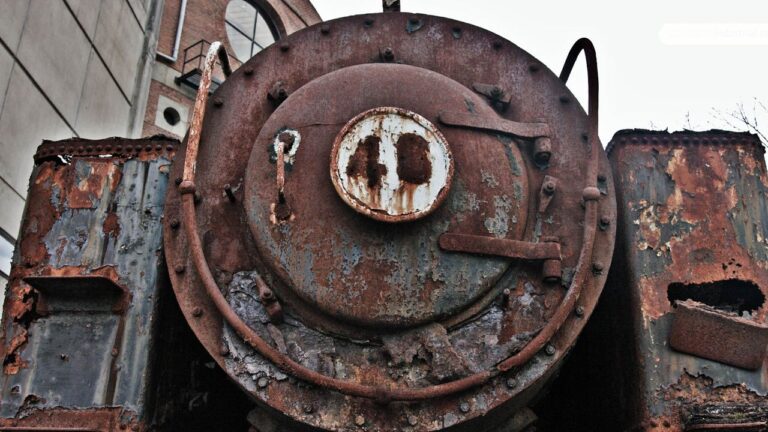

Recent Comments